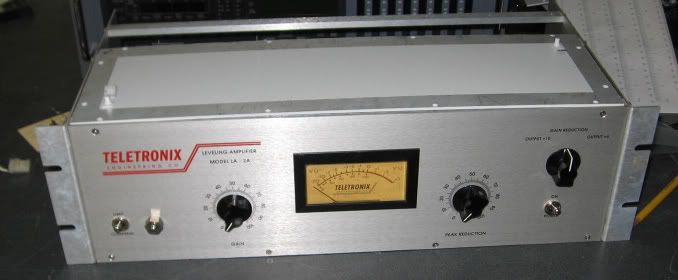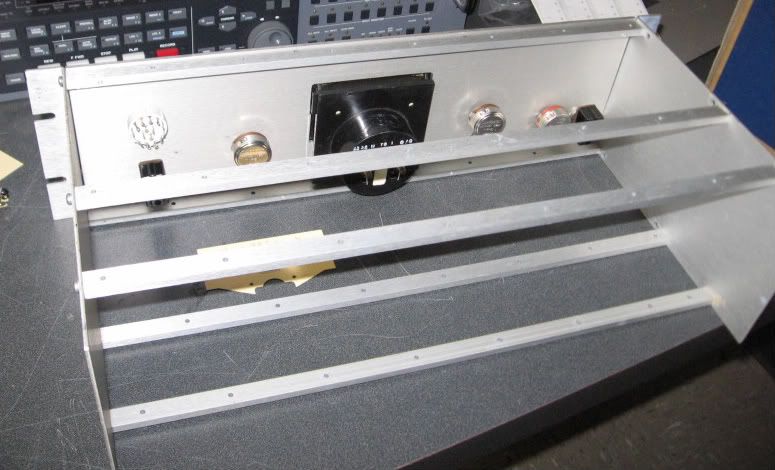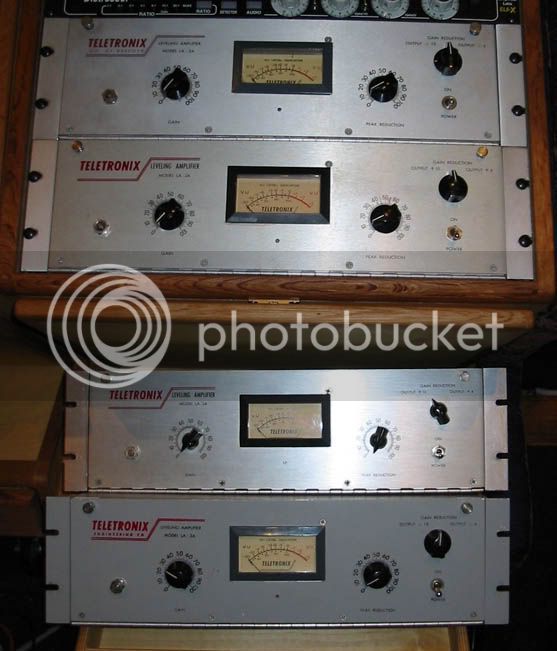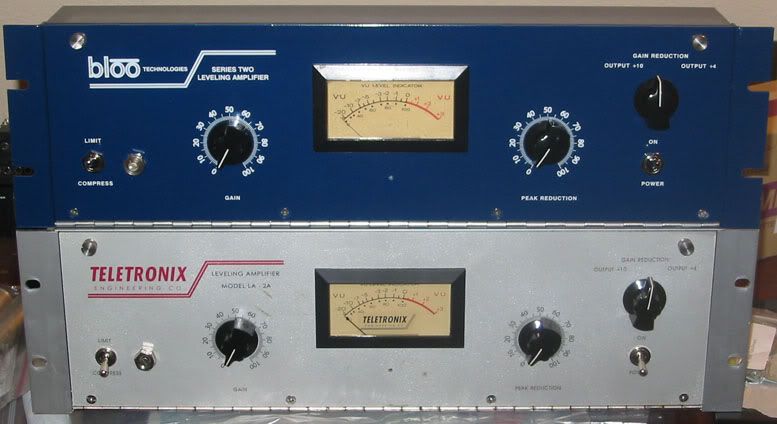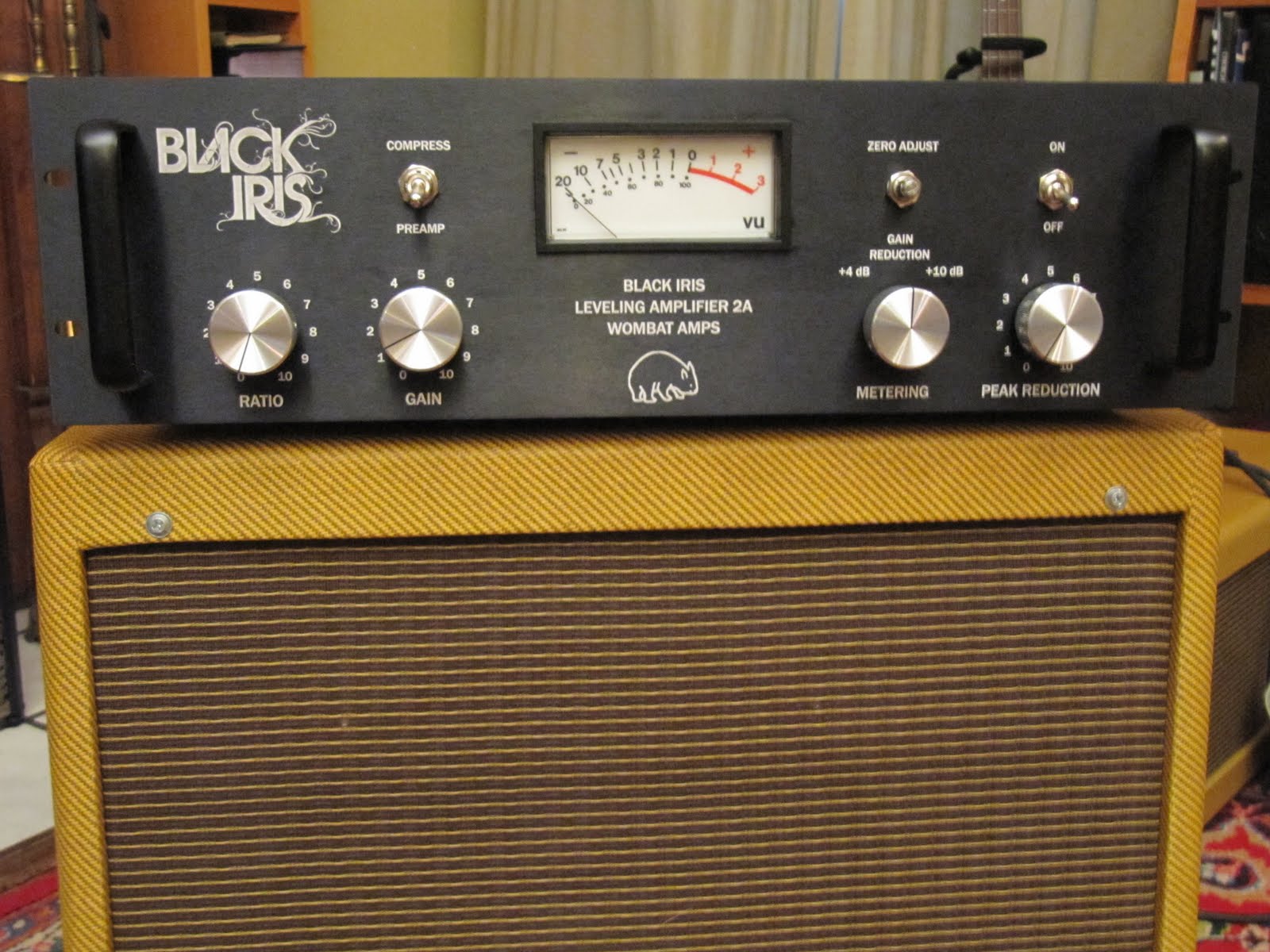Paul Fawcett
Member
Hi All,
I'm normally a tube guitar amp builder type, and usually hang out over at AX84 or the music electronics forum.. However, I had a commission recently to make for a local music collective my take on the LA-2A. The project has turned out to be a lot of fun -- I think I'm about 3/4 of the way through now -- so I decided to blog a build log. As there seems to be quite a lot of activity on this board regarding the LA-2A, I thought I would post the link to my build log here so that others can follow along: http://wombatamps.blogspot.com/
I know that it's pretty well trod territory around here, but I think there are a couple of differences between my build and the tried and true that might make the project of some interest. For one thing, I'm using a totally rethought layout both for the circuit and for the faceplate. Also, I've added regulated DC heaters, and made a couple of other small mods like replacing the limit/compress switch with a pot. The iron is a Sowter input transformer, and a UTC-24 OT. Anyway, check it out and follow along with me as this heads to completion in the next week or so.
Many thanks for such a great forum, it's proven to be a valuable resource while researching the LA-2A.
Cheers,
Paul
I'm normally a tube guitar amp builder type, and usually hang out over at AX84 or the music electronics forum.. However, I had a commission recently to make for a local music collective my take on the LA-2A. The project has turned out to be a lot of fun -- I think I'm about 3/4 of the way through now -- so I decided to blog a build log. As there seems to be quite a lot of activity on this board regarding the LA-2A, I thought I would post the link to my build log here so that others can follow along: http://wombatamps.blogspot.com/
I know that it's pretty well trod territory around here, but I think there are a couple of differences between my build and the tried and true that might make the project of some interest. For one thing, I'm using a totally rethought layout both for the circuit and for the faceplate. Also, I've added regulated DC heaters, and made a couple of other small mods like replacing the limit/compress switch with a pot. The iron is a Sowter input transformer, and a UTC-24 OT. Anyway, check it out and follow along with me as this heads to completion in the next week or so.
Many thanks for such a great forum, it's proven to be a valuable resource while researching the LA-2A.
Cheers,
Paul



